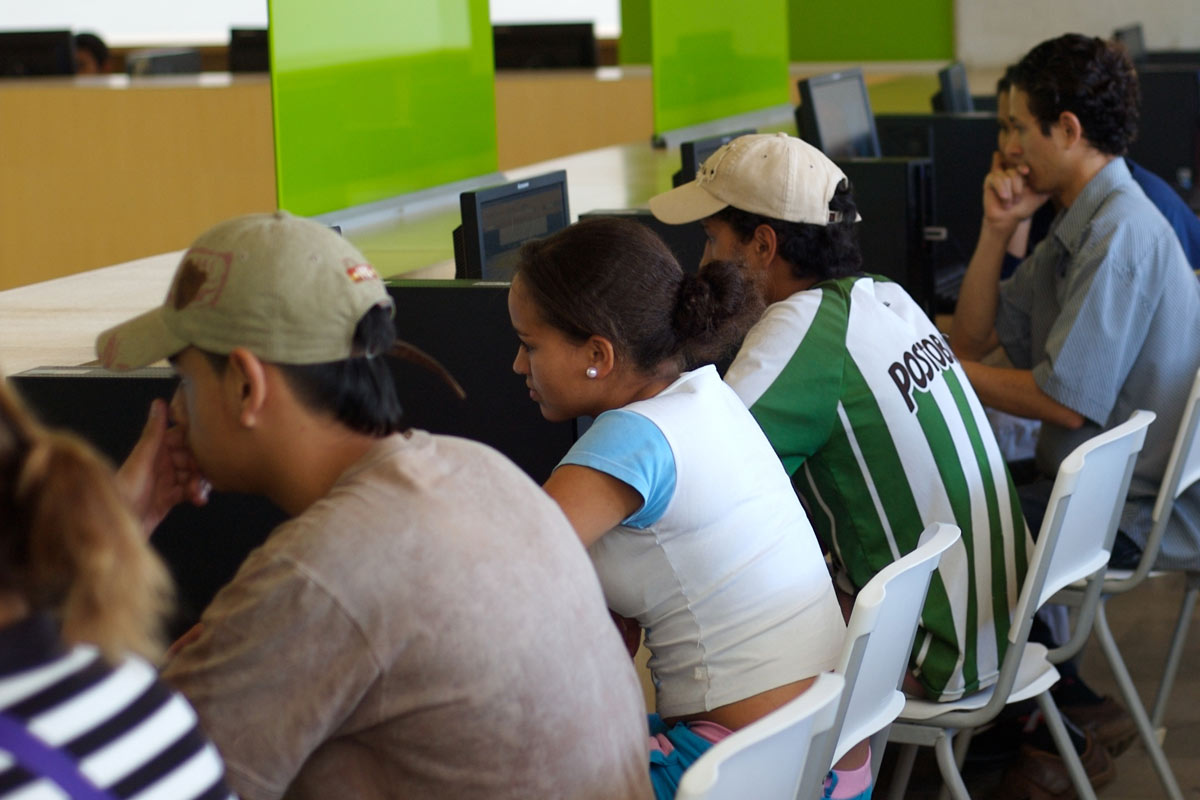
The Public Access Landscape Study examined how people around the world access and use information and computers in public settings such as libraries, telecenters, and cybercafes. Understanding public access is particularly important in developing countries where there is often limited private access to information and communication technologies (ICTs). The goal of this work is to help strengthen public access to information and ICTs around the world.
This study covered a carefully-selected sample of 25 developing countries containing over 250,000 public access settings. Local research teams surveyed over 25,000 people and conducted interviews and focus groups in order to develop a detailed picture of the public access ICT landscape in each country. TASCHA collected, interpreted, and analyzed these detailed county-level results, and also conducted cross-country comparative analyses to uncover common themes, challenges, and opportunities.
This project was conducted in two phases. During the first phase, country-based research teams prepared draft reports describing the information access landscape, presented a national assessment, and compiled a preliminary set of recommendations. In the second phase, teams identified the principal locations where people seek information: public libraries, cybercafés, telecenters, and other locations (such as private and religious libraries). Local research teams used a combination of research methods to: (1) observe how people access information; (2) conduct surveys in information venues where they interviewed operators and users; and (3) perform secondary research and analysis of existing reports and documents using both local and international sources. Teams combined site visits and interviews to review the physical infrastructure and human resources of a variety of venues, and to determine the information content, service usage patterns, communication, and knowledge development. Additionally, teams examined the effects of environmental factors such as government policies, geography, and ethnic and linguistic differences.
The reports, summaries, and data profiles for each of the 25 countries, as well as numerous articles and reports can be found in the Public Access Landscape Research Collection.


